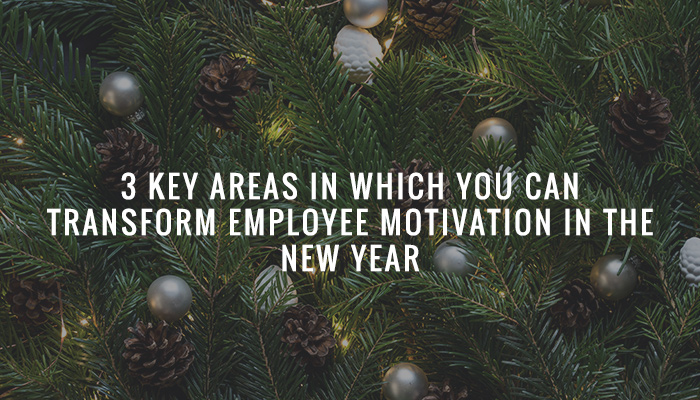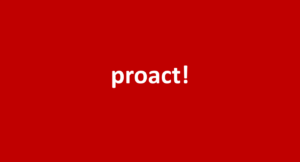It’s hit day 16 of our #TRNadvent and we’ve been getting some great feedback from our festive efforts and are nearing the 60 mark for retweets!
With just over a week to go till Christmas, we’d like to touch on something that lays in the back of many minds; with the looming new year. Change. Throughout the years we’ve conducted research on a wide variety of issues that face businesses and individuals, and a big one we thought we’d look at today is motivation – or the lack of.
As managers of people, performance is mission-critical and the end of the year can create flagging and bad habits – So with the start of 2017 we can look to change, by boosting productivity through motivation of our people.
The three biggest areas that are attributed to a lack of motivation in the workplace are:
- Lack of job satisfaction
- Lack of recognition
- The attitude of colleagues
Great performance without great motivation doesn’t happen so let’s look at some good practice for avoiding these three issues –
Lack of Job Satisfaction:
Here are two great ways of improving job satisfaction and interest:
- Give them responsibility and let them use it – a manager we are working with gave the responsibility of running the weekly team meeting to one of their team (having identified motivation as a potential issue). Having talked through what was expected and shared tips for making it happen, they let them get on with it (but were there at the meeting to support as appropriately). Empowering people to do tasks they don’t normally do involves supporting, directing and guiding them appropriately to ensure they have the knowledge and skills to do a great job and letting them get on with it. People thrive on achievement.
- Increase job interest – whether it comes from involvement in team-wide, function wide or companywide business improvement initiatives, allowing people to get involved in areas outside their day job will increase levels of satisfaction. A significant global client recently sent out an email looking for volunteers in various business improvement initiatives and found themselves inundated with requests to the point that had to turn people away. People with the right attitude care and want to be involved – over-relying on management or the same employees is missing an opportunity to motivate others.
Lack of Recognition
I worked with a lady called Jean, who had worked for 25 years for business. She was a quality employee and an asset to the business. Her loyalty and commitment – in her words – came from the recognition she had received from the MD on one occasion.
Her manager, aware of her contribution and her positive attitude which he wanted to promote, had asked the MD’s Personal Assistant to let him know when the MD was next in that office and dropped the MD a line asking for two minutes of their time. The MD popped in, asked Jean to join him in an office, and thanked her for her efforts and contribution. No cost, minimal time, and huge impact. Needless to say, word spread, and Jean felt amazing and her attitude and behavior was confirmed as what the manager and business was looking for.
It just needs time and regular reflection – make a list of how many times you appreciate or positively recognize a team member or colleague in a week. If on reflection there is more recognition of what hasn’t quite worked or what is still to do, then that imbalance will affect the culture and motivation of individuals.
List what you value and appreciate about a member of your team or a colleague – take the opportunity to tell them. Do it sincerely, use examples and take the opportunity to thank them.
The Attitude of Colleagues
The following four actions will significantly reduce Attitude of Colleagues affecting motivation:
- Articulate the attitudes and behaviors you are looking for in your team (remove any excuses for not knowing)
- Proactively manage people where their attitude and behaviors are out of line
- Develop a recruitment and selection process for new employees which has a disproportionate focus on attitude
- Help people understand the impact of personality types on team harmony – conflict often comes from people not understanding their own and other’s personality types and how they can lead to frustration and conflict. (Innergy run a high impact, interactive team building session focused on team dynamics and personalities – for further information contact
Share :



